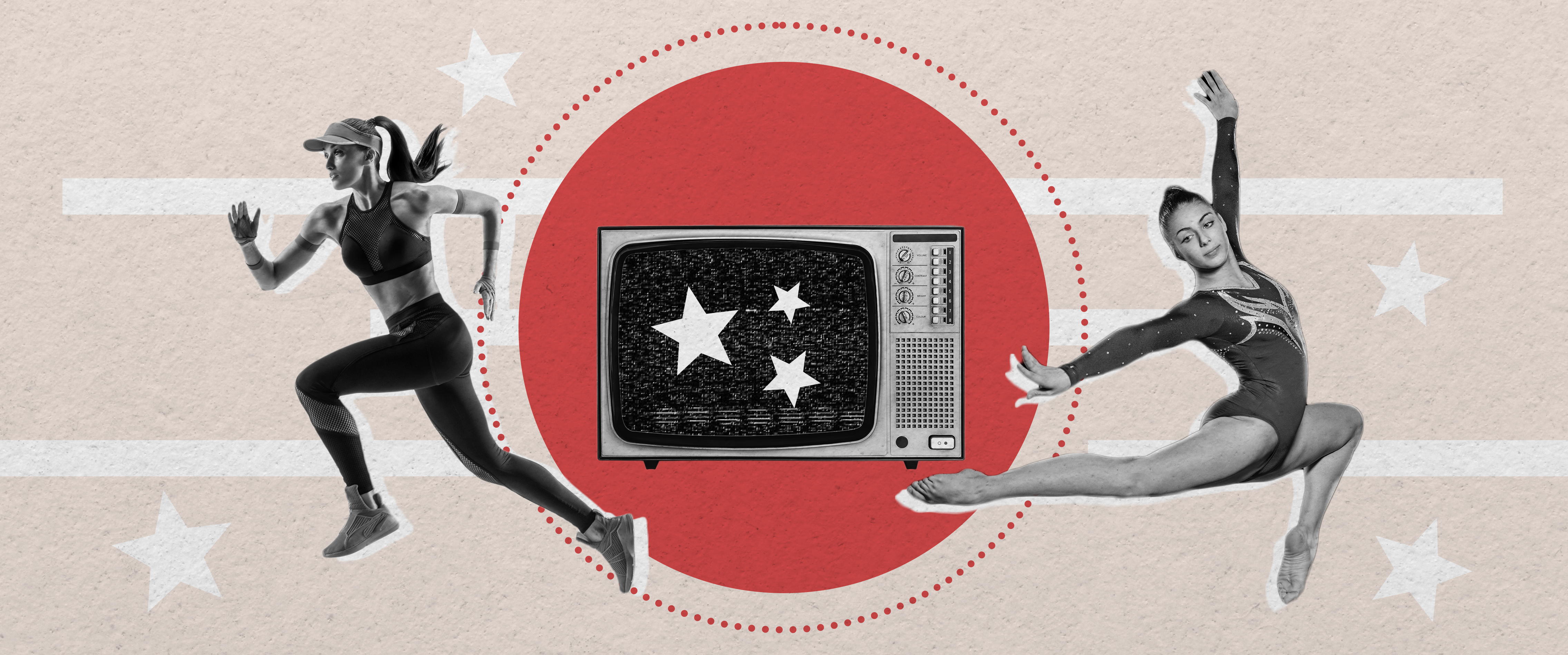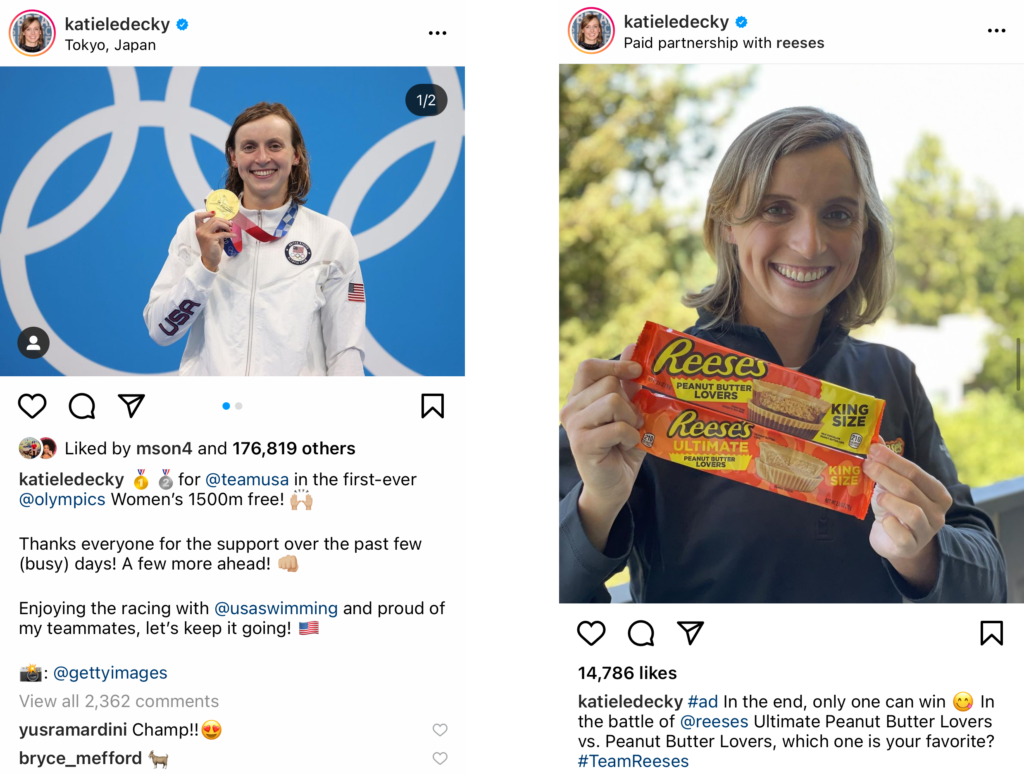We’re in the midst of that fantastic time that only happens every four years (or in the case of a global pandemic, five years) — the Summer Olympics.
As marketers watching massive events like this, we try our best to just sit back and enjoy the show, but our eyes always get drawn towards one thing: the advertising. I understand that this is the point of advertising, but I often find myself missing most of the games and competitions because I’m analyzing various ads thinking about branding and ROI. This takes me into my topic for today, which is the complicated world of advertising during the Olympics.
The history of Olympic advertising
Advertising in the Olympic Games technically started as far back as 1896, when they started allowing brands to pay for publicity, which paved the way for what we know today as Olympic advertising. In 1928, Coca-Cola began its partnership with the Games, which it still holds to this day almost 100 years later.
In 1964, though, what we consider to be modern marketing really took off. That year, the Games started broadcasting globally, and more than 250 companies began partnering with the Olympics to get their message out to the masses. With so many people being able to watch the events, advertisers figured out how to take full advantage, and this trend has only continued to grow ever since.
The infamous “Rule 40”
Getting your brand’s message out there during the Olympics isn’t super simple, though, thanks to Rule 40. According to Adweek, there are more than a few rules and conditions when it comes to advertising during the Olympics. First of all, you usually aren’t allowed to say “Olympics.” Unless you are an official paying sponsor of the Olympics, the word is a no-go. (We can say it in this blog because this is editorial material, not marketing.)
Essentially, because so many major brands shell out the big bucks for those partnerships, non-paying brands aren’t allowed to try and take advantage of the momentum of the topic without paying their part. The rules don’t stop there, though: Some Olympics-related terms can even land you in hot water (think: “gold,” “Games,” “medal,” and even “#TeamUSA”) due to concerns around suggesting a direct affiliation with the Olympics that doesn’t actually exist.
If you aren’t an official Olympics partner, your next thought as an advertiser might be to feature an Olympic athlete so that people get the idea without using any of the trigger words. Well…you still won’t have much luck there, due to a “blackout period” mandated by Rule 40, which states that athletes’ images and names cannot be used by non-sponsor brands in reference to the Olympics (nor can athletes post about those brands) during a specific period before and after the Games.
Surely though, the athletes must have some freedom to post, right? To an extent, yes — they can share all about their experience at the Games using their own photos. However, they generally cannot freely post about non-official Olympic sponsor brands that may sponsor them individually. This year’s Tokyo Olympics features less restrictions than the Rio Games in 2016, but the dos and don’ts can still be a headache to navigate, both for the athletes and the brands that sponsor them.
It’s unlikely you’ll see any content sponsored content from Katie Ledecky,
like what’s on the left, during the Olympics. (Screenshots via Instagram)
The 2020 Olympics in 2021
Covid-19 has changed a lot about our world, and the Olympic Games are not an exception. Navigating the difficulties of hosting a worldwide competition in the midst of a pandemic isn’t easy to sort out. Figuring out ways to advertise during them isn’t any easier.
It has always been expensive to advertise during the Olympic Games, but this year, the numbers have gone up. Basic, four-year sponsorship packages start at $200 million. Companies like Coca-Cola, Procter and Gamble, Toyota, Visa, Omega, and Airbnb have paid more than $3.3 billion to be global partners with the Olympics.
Plus, this year’s Games haven’t been met without some advertising controversy. According to a report in the New York Times, Toyota pulled its Olympic-themed advertising in Japan due to unfavorable public opinion about the Games and widespread concern that hosting the event would lead to a large influx of Covid-19 cases due to athletes coming from all over the world to participate. It remains to be seen if this decision will keep Toyota on good terms with its Japanese audiences.
The potential payoff
With the difficult rules and large price tags, you might think that advertising during the Olympics isn’t worth it, but that is the furthest thing from the truth. The reality is that if it wasn’t worth it, some of the largest brands in the world wouldn’t have dropped more than $3 billion just to use the naming rights.
Millions have tuned in to watch the Olympics, and though viewership is down compared to last year, there’s little doubt that the lack of spectators due to Covid-19 has had a demonstrable effect. There’s also the added bonus of reaching a more diverse audience than ever before, with the addition of many new sports (3×3 basketball and skateboarding, anyone?) and a heightened conversation around inclusion and representation. There is definitely a benefit to crafting the right message to the right audience — and hopefully finishing on the podium with a gold medal in marketing.




